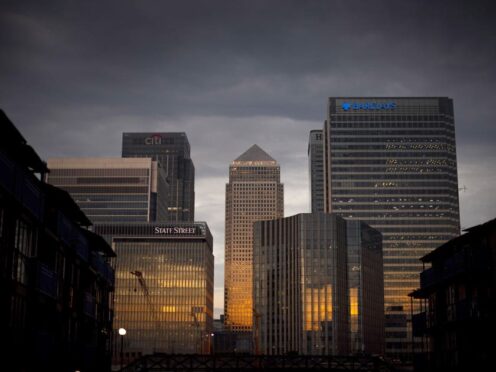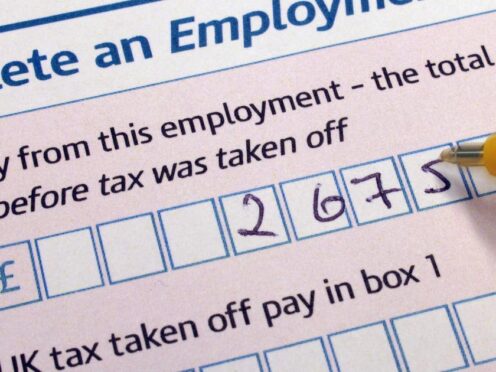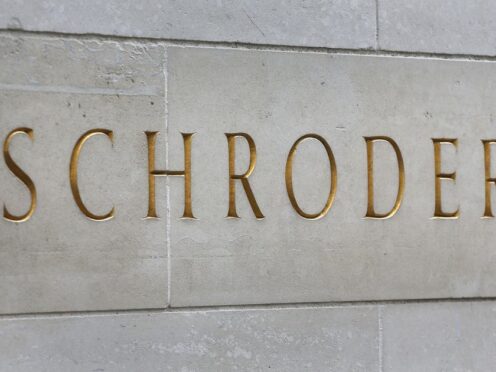Derek Mair is partner and head of food and drink at Anderson Anderson & Brown and he explains how the industry is adapting to lockdown.
This year has brought unprecedented challenges to the Scottish food and drink sector with the agility, innovation and resilience demonstrated by many businesses being one of the few positives. The effects of the pandemic and national lockdown have impacted each business differently, with some being forced to a standstill while others have experienced a surge in demand.
One fundamental consequence of lockdown restrictions and health and safety concerns has been a sharp rise in delivery direct to the consumer.
This change in behaviour has presented multiple opportunities for food and drink businesses which AAB is helping its clients to develop. We are supporting clients with grant funding applications, fundraising, and adapting and using technology to either open up new revenue streams or revolutionise their business model and operations.
We are finding mid and long-term growth strategies being accelerated to take advantage of immediate opportunities and, in some cases, simply to survive. Innovation and investment require significant thought and speaking to your advisor before taking action will help you plan.
We have worked with clients who have successfully turned threats into opportunities such as implementing direct sales across many food and drink sub-sectors; examples include agricultural businesses delivering meat and fresh produce to local households, bars and restaurants delivering takeaway food, and retailers operating a delivery service while their doors remain closed.

Other success stories include a catering client who successfully applied for the Bounce Back Loan Scheme (BBLS) allowing them to accelerate their growth plans and invest in contactless technology enabling them to sell their fresh produce products to a wider client base.
Another example is a hospitality client who has used the downtime to develop a large outdoor seating area, enabling them to re-open to the public and increasing capacity with and without social distancing.
We have also seen alcohol retailers have become distributors for wine and spirit companies, offering online tasting sessions via video call platforms.
Innovation has been essential for businesses responding to the challenges presented by COVID-19, ranging from the development of product ranges to modifying operational processes.
In the current climate, cashflow and working capital requirements have been under greater scrutiny. We encourage business owners and management teams to be mindful of potential R&D claims. We have secured R&D claims for a number of clients in recent weeks which provided a welcomed boost to their working capital and cashflow during these unprecedented times.
Across the country, businesses have been accessing Government backed support such as the VAT deferral scheme, Job Retention Scheme (furloughing), and Coronavirus Business Interruption Loan Scheme (CBILS). These measures have certainly helped steady the ship over recent weeks and months but at AAB we want to encourage businesses to be more forwarding looking.
We encourage businesses to modify projections and review internal processes to ensure the right information is being used to make the right decisions and formulate a business plan for the short and mid-term to ensure the business is both scalable and commercially sustainable.
Technology is also making a difference. Businesses that use cloud accounting see the benefit of being able to monitor their financial position using real-time information, enabling them to have a stronger grasp of their cashflow and working capital.










